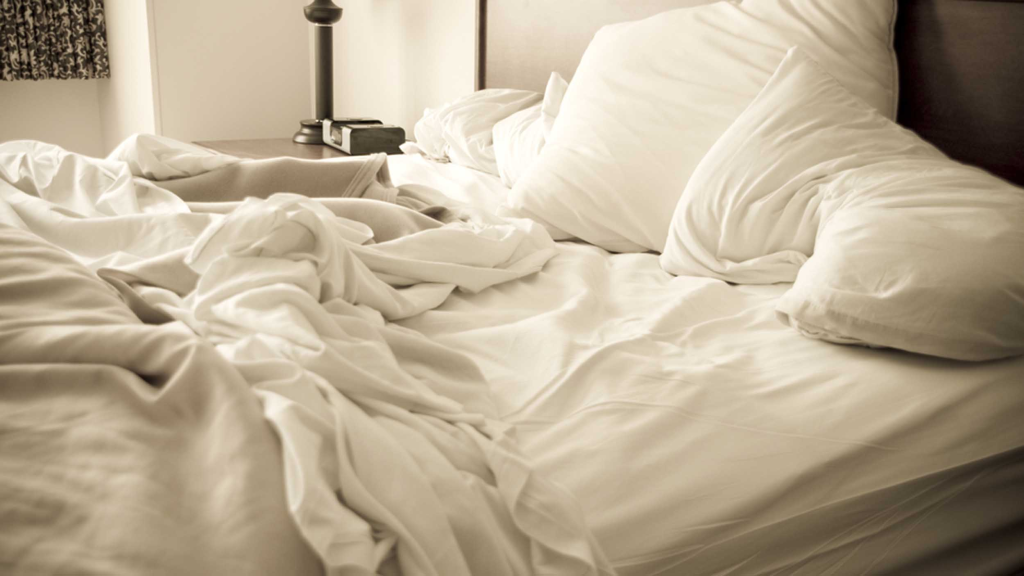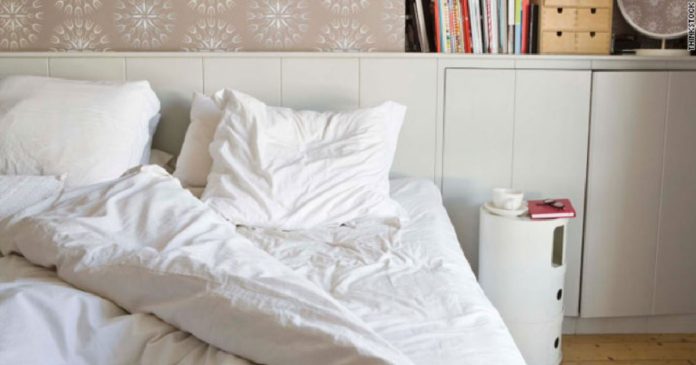At the end of a long day, there’s nothing like wrapping up in clean sheets. But do you really know how clean your sheets are? Even if you wash your sheets and pillowcases regularly, it’s possible that you’re not washing them enough. Here are some reasons why you should wash your sheets more often, and how to make sure they’re thoroughly washed.
This may sound gross, but bear with us. Ticks are microscopic organisms that feed on the skin and hair cells shed by humans. Their ideal feeding ground? Beds. Many people think they’re allergic to dust mites, but it’s an allergy to the dander they produce. I can understand why you wouldn’t like that.

Dust mites like warm, moist places. Sheets that have been slept on all night are especially ideal for dust mites. Common symptoms of mite allergies include itchy eyes, tearing, runny nose, sneezing, irritated skin and nasal congestion.
Rob Dunn, a biologist at North Carolina State University, conducted a study in which samples were taken from different locations around the participants’ homes. Swabs were taken from toilets, beds, refrigerators and couches. The results showed similar amounts of bacteria on the pillowcase and the toilet seat cover. In addition, Dan found fecal contamination on both the pillowcase and the toilet seat cover.

Before you throw out the whole bed, there are some simple things you can do to reduce the presence of dust mites. Don’t make your bed immediately upon waking in the morning. Throwing the sheets back will allow the linens to dry and cool, stopping the mites from being attracted to them. In addition, make it a habit to wash your sheets in warm water at least once a week. Mattresses should also be washed with hydrogen peroxide or baking soda at least once a month.
These simple tips will help you avoid bringing mites into your bed and home.
Why Pillowcases Contain More Bacteria Than Toilet Seats
Studies show that humans spend an average of 26 years of their lives sleeping, which equates to 9,490 days or 227,760 hours.
In other words, we spend most of our time in bed.
To maintain good sleep hygiene, it is recommended to sleep in a clean room, with clean bedding.
But did you know that your bed can have more bacteria than a toilet seat?
A new study conducted by America Sleep compared the amount of bacteria on bed sheets, pillowcases, and other household items obtained from volunteers.
For four weeks, swabs were placed in the beds to check for bacteria growth.
The results showed that after only one week of use, the pillowcases had 17,000 times more bacteria on them than the toilet seats.

In addition, a pillowcase that had not been washed in four weeks had 39 times more bacteria than a pet bowl.
It is no surprise that beds are a breeding ground for bacteria.
Humans shed about 15 million skin cells every night, which provides the perfect environment for bacteria to thrive.

Pillowcases and sheets are the same bedding, but they are not equivalent in terms of bacterial distribution. Many people keep their face and head cleaner than the rest of their body, but that doesn’t necessarily equate to fewer bacteria,” they say.
“Think about the many things you come in contact with during the day, and you might think about the new bacteria you bring into your bed each night.”
Humans shed about 500 million skin cells a day, most of which are shed when they turn over in bed.

If not cleaned properly, dead cells accumulate on the sheets between washings, and tiny mites feed on these cells.
These tiny creatures and their excretions can cause allergies, asthma, and aggravate itchy eczema.
Some people may begin to notice acne and severe breakouts due to dust, dead skin cells, and bacteria clogging pores.
Try washing your sheets and pillowcases with hot water and bleach, preferably once or twice a week.
When you wake up, strip off the bedding, dry the bed, and allow it to air dry.
This makes them an unattractive nest for bacteria, bed bugs, and dust mites.










